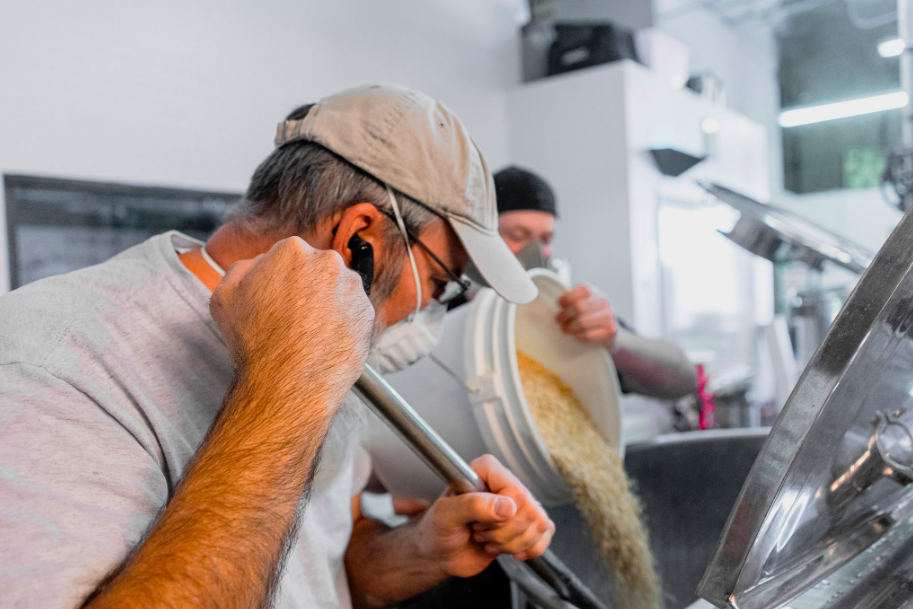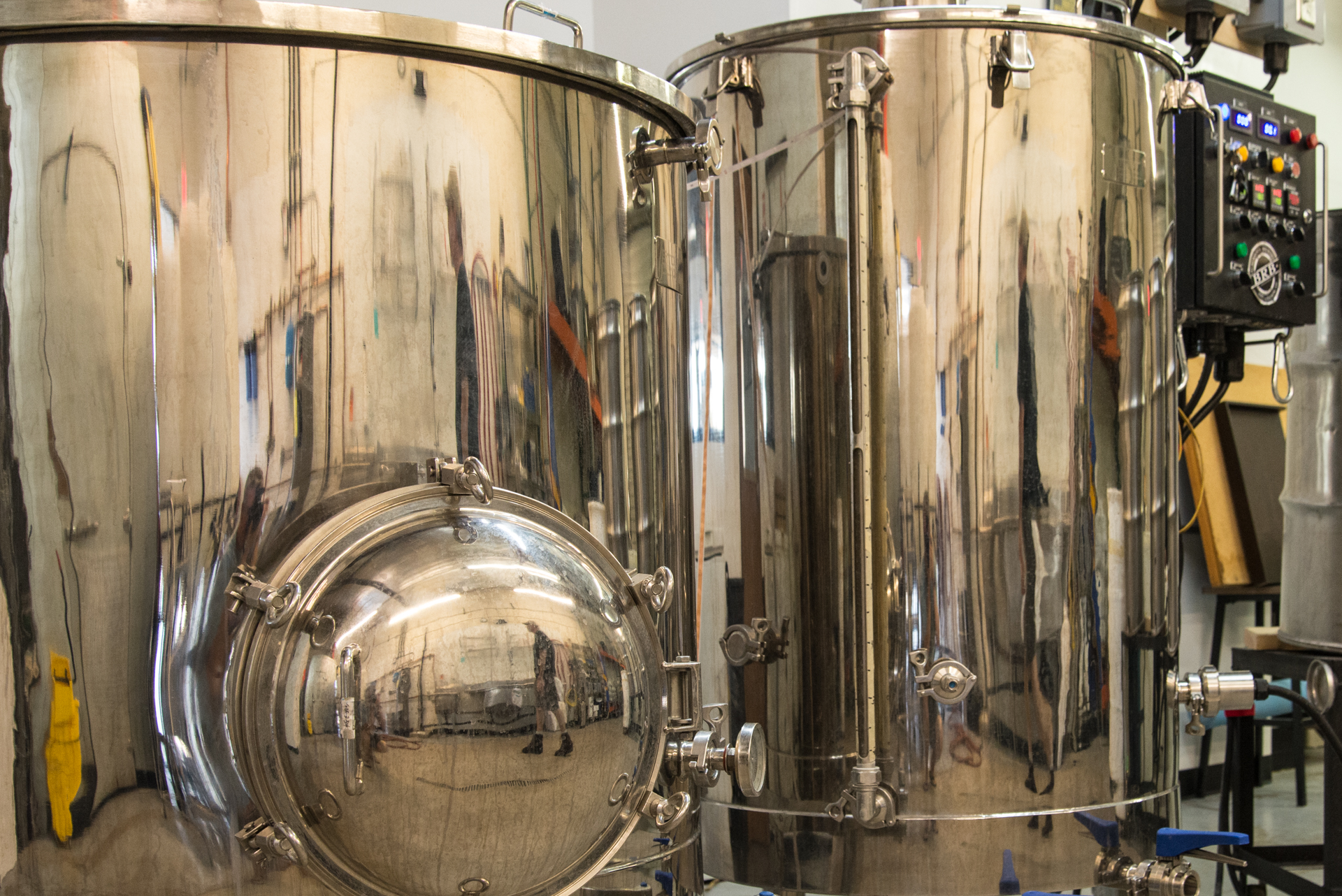Let’s Get Hoppy!
If you’re a craft beer fan, you know about hops. You know that they are one of the four ingredients in the German purity law. You know they add a bitter dimension to beer. Some of you — and you know who you are — understand that hops and hemp are just a few molecules different!
But like many things in life, there is much deeper story to hops than just a bitter finish. Obviously, as one of the four main ingredients in beer, hops are pretty important. Yet they are so often misunderstood.
Many people claim to hate hops. Those tend to be novice beer drinkers or people who hate India Pale Ales, which tend to be hoppier than most other styles. Still, hops are in ALL beers. Just because you can’t taste them doesn’t mean they are not there!
With this in mind, let’s look at some of the easy-to-understand history and characteristics of certain hop strains. Just because it’s bitter doesn’t mean it’s hoppy. And just because it’s hoppy doesn’t mean it’s an IPA!
Main Hop Types
There are basically only two types of hops when it comes to the brewing world. Without getting too scientific, they are grouped into three groups, one of which is a hybrid of the other two.
The first, known as “aroma hops” are less acidic than the others and provide that robust smell from a beer. Since 75 percent of taste is actually smell, aroma hops make themselves known before the beer is actually consumed.
The other type of hop is called “bittering hops.” Again, just as the name describes, these hops provide a bitter flavor to the bear. While there are thousands of flavors in our world, there are only five tastes that the human palate can understand. One of these is “bitterness,” which is where the acidic, “bittering hops” get their name.
The third group, called “dual-purpose hops” are the most widely used. Since these hops can provide both flavor and taste, they act as a very efficient choice when brewing.
Main Hop Flavors
There are more than 160 species of hops. In fact, there are a number that have been cross bred to blend their unique properties. Many do not even have names yet! And we were told there’d be no math here!
Here’s a great, yet simple guide to the hop flavors you’ll likely encounter at most craft beer bars. Obviously, there are many, many more, but let’s get you off on the right foot.
Cascade Hop – One of the most widely-used hop varieties by U.S. breweries, this hop variant was released for cultivation in 1972 after being naturally engineered at Oregon State University nearly two decades prior. It is dual-purpose hop that provides a little bitter taste and grapefruit and floral characteristics. Used in these beers: Light Lagers, IPAs, Porters, Pale Ales.
Centennial Hop – Relatively new to the scene, Centennial Hops have been used for nearly two decades. It is more a aroma hop and is often considered the “Super Cascade,” because it’s citrus flavor is similar, but more robust, than it’s cousin. Used in these beers: General Ales, especially IPAs.
Citra Hop – It’s description is in its name. Since being released in 2007, Citra Hops have become the most sought-after variant for “west coast” IPAs and pale ales. With their above-average bitter taste and huge citrus and tropical flavors, this hop screams California flavor. Used in these beers: West-coast IPAs and Pale Ales.
Golding Hops – For the most part, at least in the U.S., Golding Hops are the oldest of the hop family. They are most common in English beers, especially pale ales. While not very bitter, these hops do add a dramatic floral taste. Used in these beers: ESBs, Pale Ales, Belgian and English-style beers.
Mosaic Hops – These have been the most popular of the hop family in the past five years. With a robust bittering flavor, it hits the taste appreciated by hopheads. But it also adds a dynamic flavor profile, including tropical, floral, berry, and earthy flavors. Used in these beers: Browns, IPAs, Pale Ales.
Simcoe Hops – This dual-use hop is a favorite of homebrewers and craft beer brewers nationwide. It’s highly acidic taste provides a bitterness for IPAs and pale ales, but also has a wide-ranging spectrum of flavors. Given its citrusy and fruity flavor, Simcoe hops are often paired with similar hops, adding a piney and earthy flavor. Used in these beers: Mid-western IPAs, Amber Ales, Strong Ales.
Obviously, there are many more hop varieties out there. The rest are basically different deviations of the ones listed above. Some are piney and earthy, others are fruity and citrusy, while others are floral.
No matter what, it’s always good to try as much beer as possible to figure out your own preferences. Plus, it’s the most fun you’ll ever have doing “research!”
The Making of a Craft Beer
Ever wondered what goes into making that favorite craft beer of yours? For thousands of years, man has created this tasty beverage through a process of mashing, sparging, boiling and cooling, fermenting and carbonating.
Step 1: Mashing
The first step in crafting a beer is to soak malted barley in hot water; a process known as mashing. Typically done in a vessel called a mash tun, the purpose of this process is to release the sugars in the grains that are crucial to the fermentation process in the later steps of craft beer making. The release of the sugars is so important because yeast must have sugars in order to produce alcohol, without which there would be no beer. Mashing takes approximately one hour to complete.
Step 2: Sparging
In a vessel known as a lauter tun, the next step is to sparge the grains. It is in this process that the remaining sugars are extracted from the grains, rinsed with hot water and separated from the liquid. After this has been completed, the grains can be discarded and the remaining liquid, also known as the wort, is what will soon become the beer.
Step 3: Boiling
The wort must be boiled in order to kill any microorganisms that it may contain. During the boiling process, which takes approximately one hour to complete, the hops are added to the beer. The effect that the hops have on the beer depends on the point during which they are added to the wort during the boiling process. Brewers use this process to masterfully create specific beer profiles.
Step 4: Cooling
The next step in the beer making process is to add the yeast. In order to do so, however, the wort must be cooled to an approximate 80 degrees Fahrenheit, so as not to destroy the yeast. This process of adding yeast to the wort is also referred to as “pitching”.
Step 5: Fermenting
The lengthiest part of the brewing process is fermentation. It is during this process that the yeast converts the sugars, that were so carefully released during earlier stages of the brewing process, into alcohol and carbon dioxide. During this 1-2 week process, the carbon dioxide releases into the air, leaving just the alcohol in the beer.
Step 6: Carbonating
Once the fermentation is complete, the beer is ready for consumption. However, in order to get a nice bubbly beverage, the beer must be carbonated. Carbonation can be achieved by injecting carbon dioxide directly into the beer.
Step 7: Packaging
The final step in the craft beer making process is packaging. To preserve the beer and allow it the longest shelf life, the beer must not be exposed to either of two things – stray yeast and oxygen. Beers are most typically packaged in kegs, bottles and cans.
Come check out the BlackRock taproom and see what we have brewing!

